Structural Fire Safety Design

Overall Course Objectives
The participants will build knowledge and skills to design and calculate load-bearing structures affected by high temperature in the form of fully developed and standard fire.
Learning Objectives
- Explain how the expression of a post-flashover fire temperature can be derived from thermal equilibrium and which parameters the fire curve depends on.
- List different design fires based on this model and explain the main differences between standard/nominal fire curves and parametric fires.
- Calculate the fire characteristics (fuel load, thermal inertia, and opening factor) of any given compartment and derive the corresponding parametric fire curve.
- Predict how the variation of the fire characteristics affects the severity and duration of the fire and, in turn, the heating temperature and fire resistance of the structural elements.
- Explain why and calculate how much the mechanical design load are reduced in fire and how the mechanical loads influence the critical temperature and the fire resistance of fire-exposed structural elements.
- Calculate the reduction of the mechanical properties of steel, concrete, and wood at high temperatures.
- Perform the design or verification of uninsulated and insulated steel elements subjected to a parametric or standard fire.
- Perform the verification of timber elements exposed to parametric or standard fire
- Perform the verification of concrete elemetnts subjected to a parametric or standard fire during and after the fire.
- Identify possible weaknesses in the structural fire response of a building and indicate structural and non-structural measures to improve its fire resistance.
Course Content
Heat transfer and design fires for post-flashover fire conditions.
Parametric fires and nominal fire curves.
Compartment fire properties and fuel loads.
Prescriptive and performance-based structural fire design.
Calculation of acting loads and solicitation in accidental fire design condition
Heating and degradation of material properties of steel, timber, and concrete
Load-bearing capacity of steel, timber, concrete elements in fire.
Protection and design of insulation of steel beams and columns.
Structural verification of timber beams and columns.
Structural verification of concrete beams, slabs, and eccentrically loaded columns.
Additional topics: mentions on steel-timber connections,concrete walls, spalling, anchorage of reinforcement bars
Recommended prerequisites
41203/41236/41953/41956/41957/41963/41964/41965, In order to be able to follow the coruse, it is paramount to possess ground knowledge of structural mechanics (statics, equilibrium and compatibility equations, elasticity, external and internal forces, stresses, strain, displacements).
It is also highly recommended to know the basics of design of steel and concrete elements.
Basic knowledge on building technology of timber structures and advance knowledge on steel and concrete structures is useful, but not required.
Teaching Method
Lectures and tutorials



